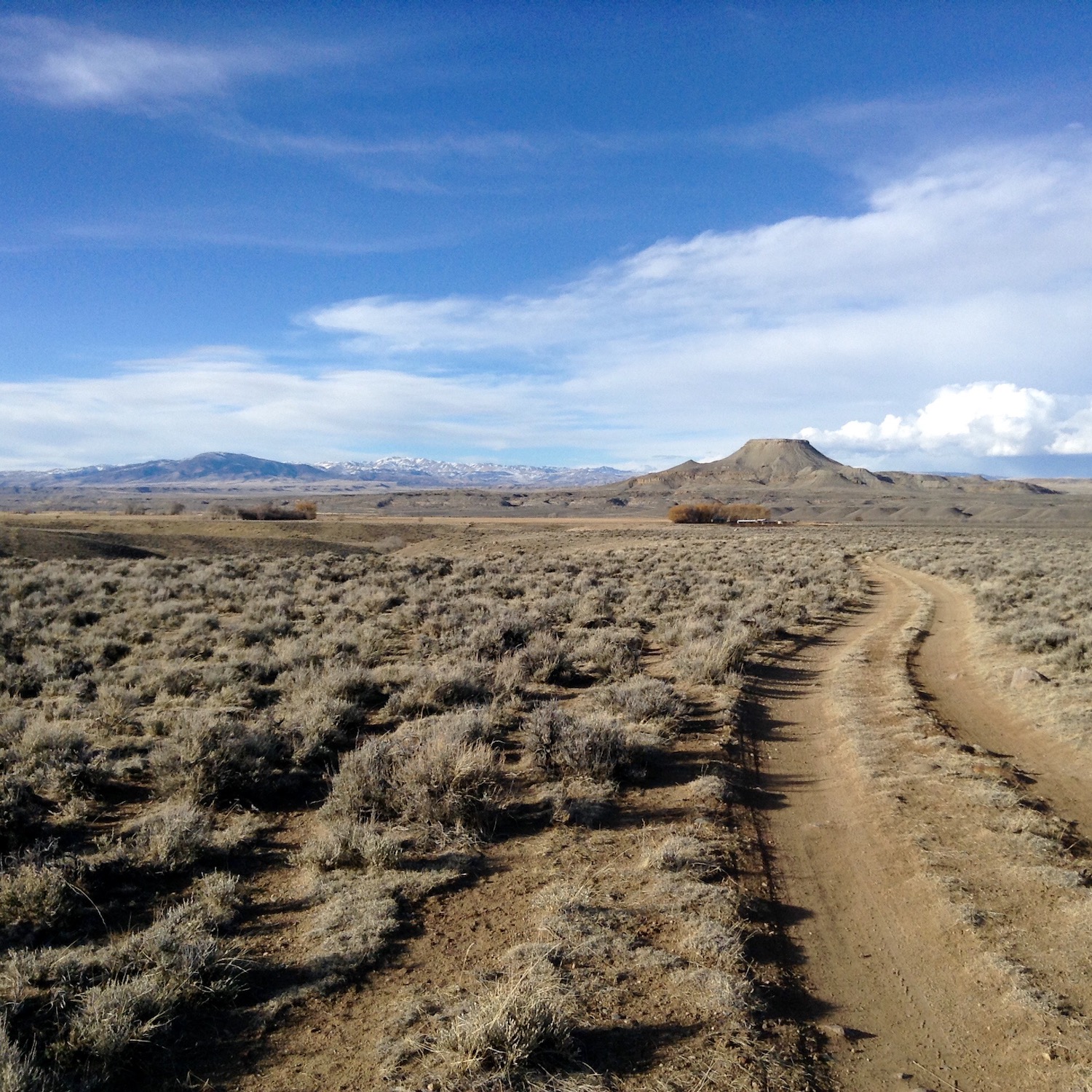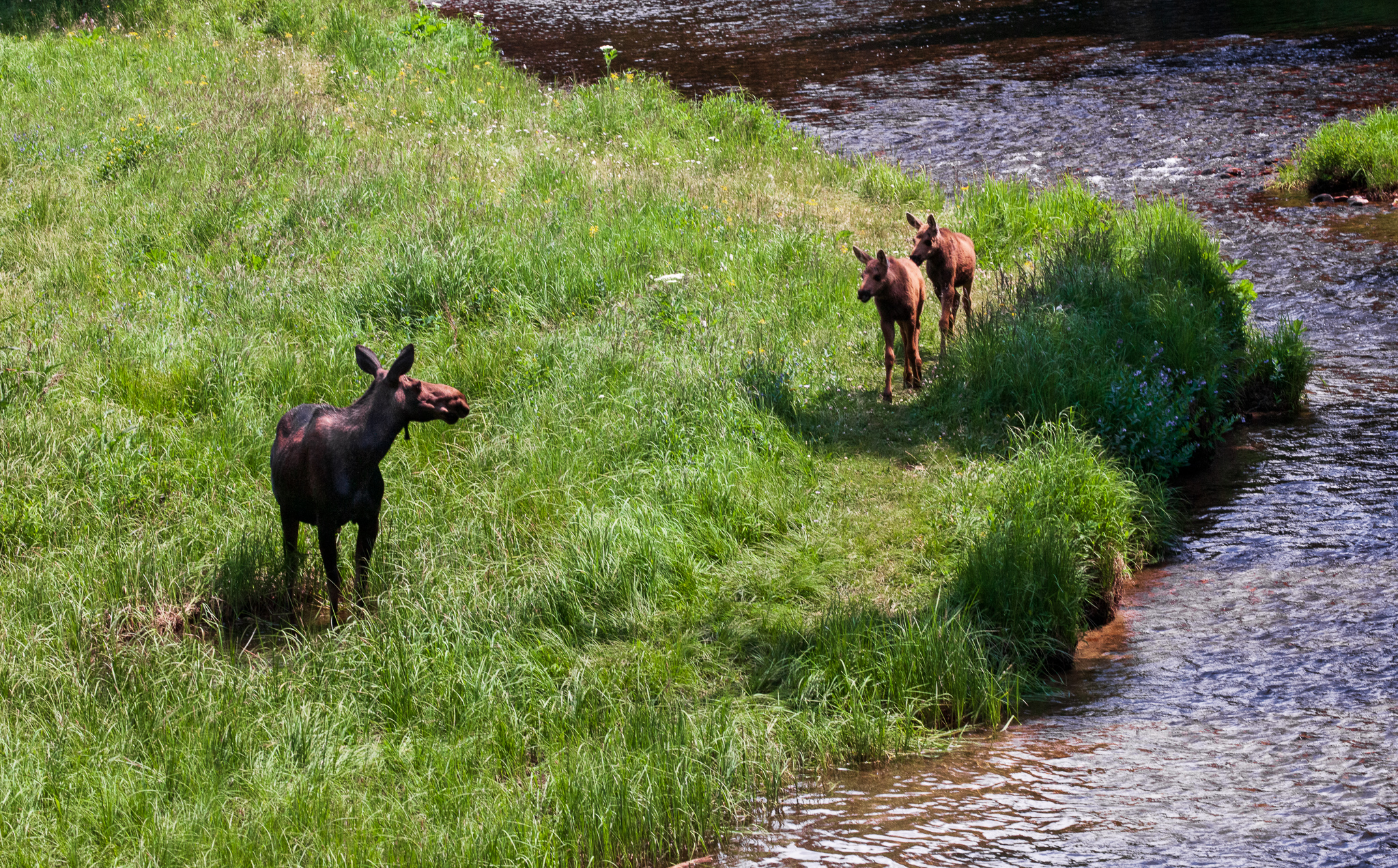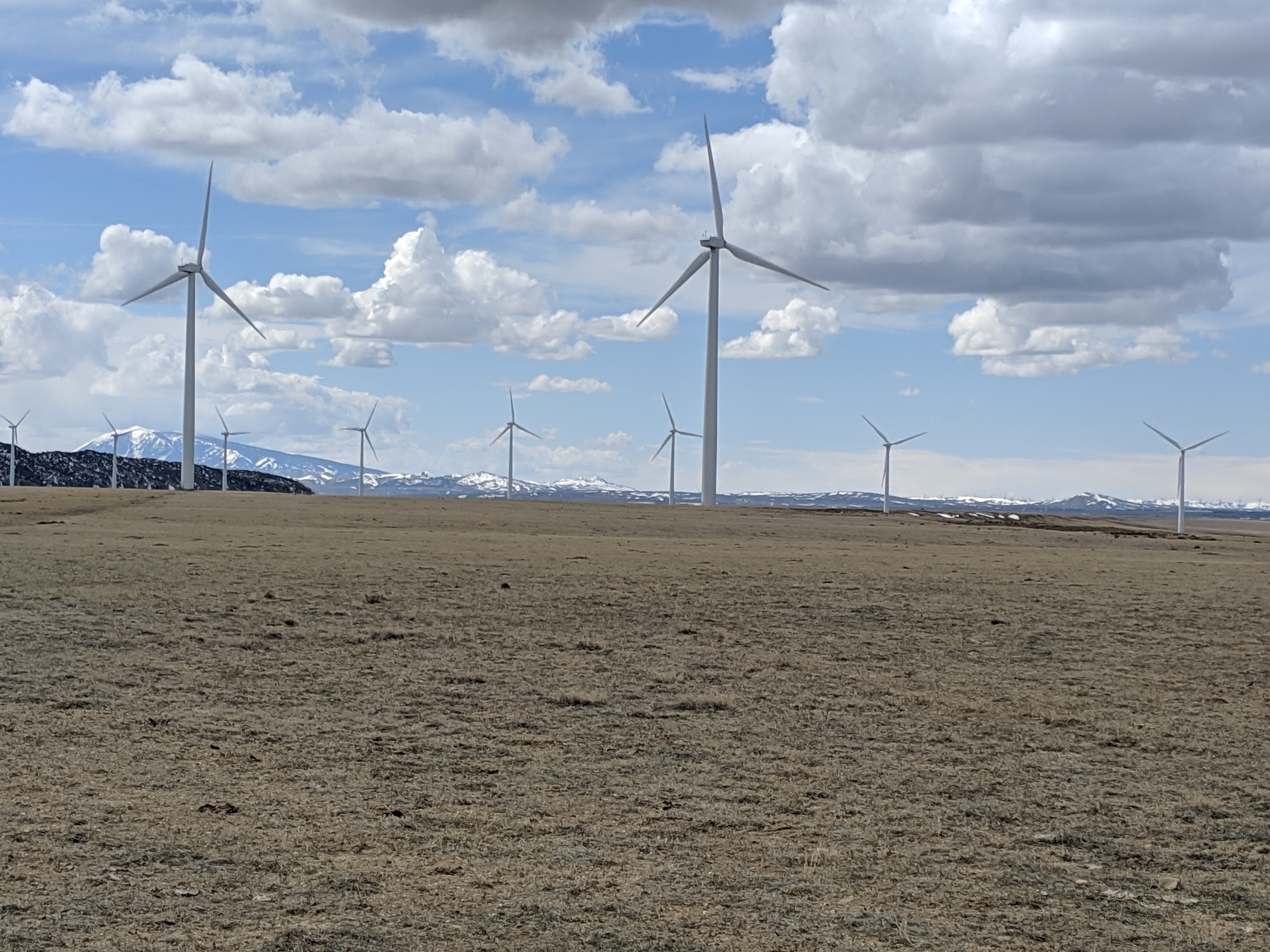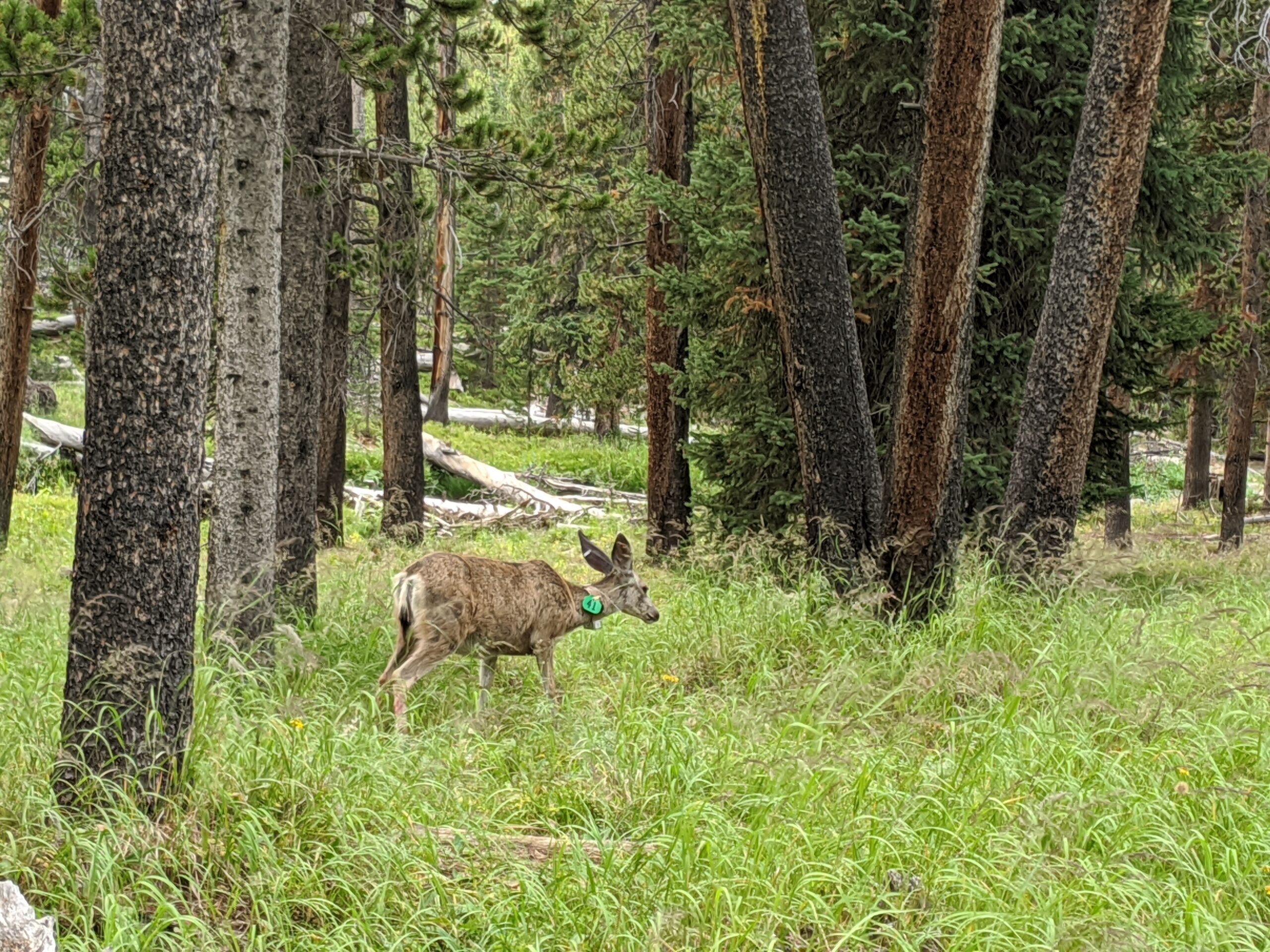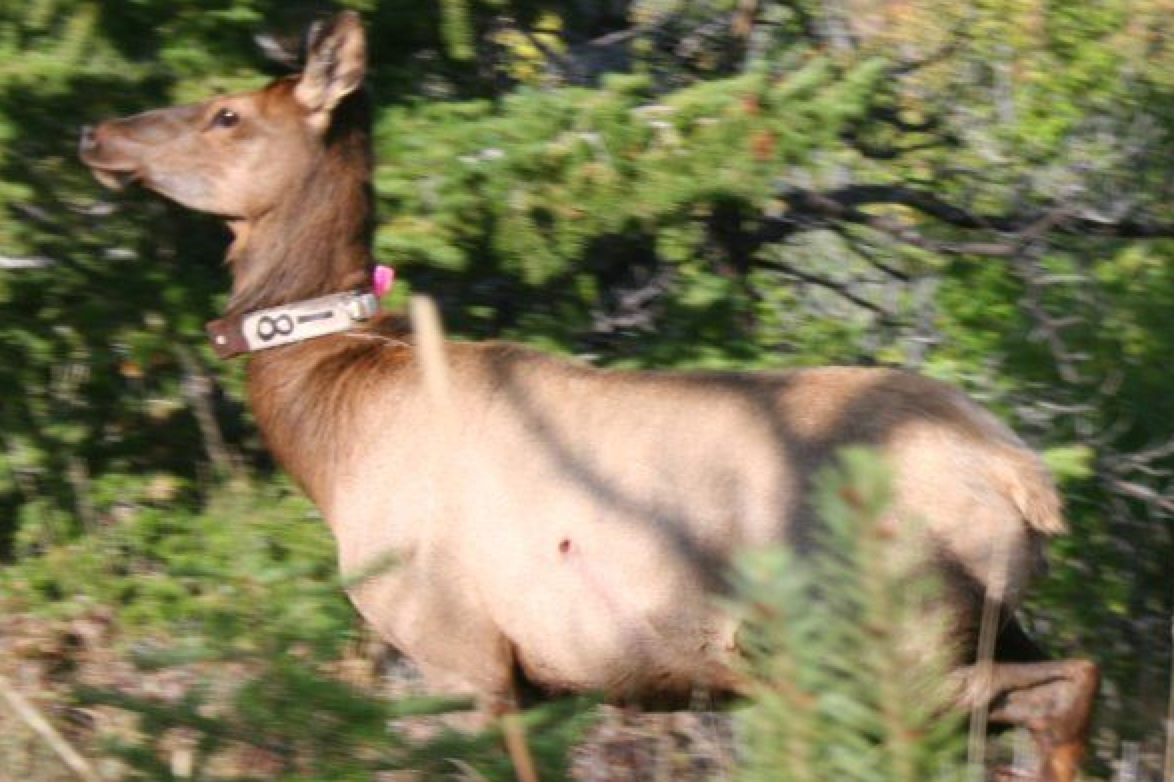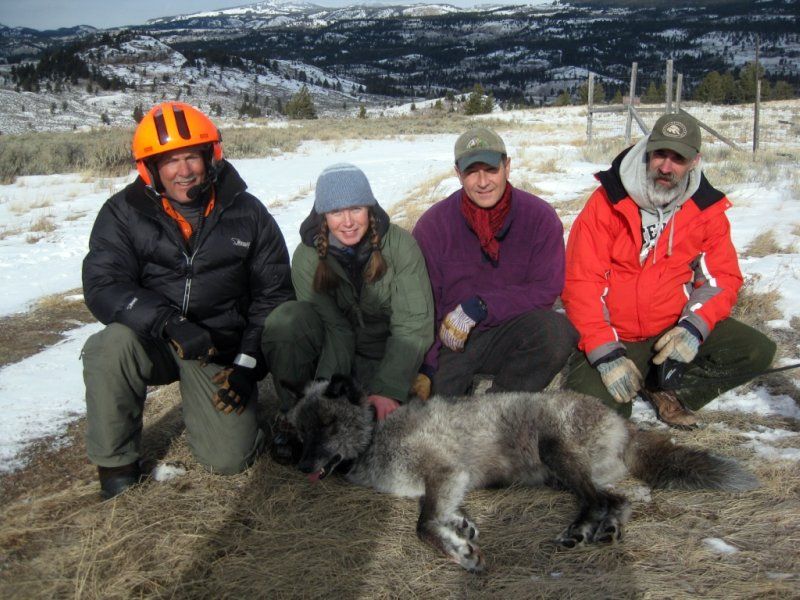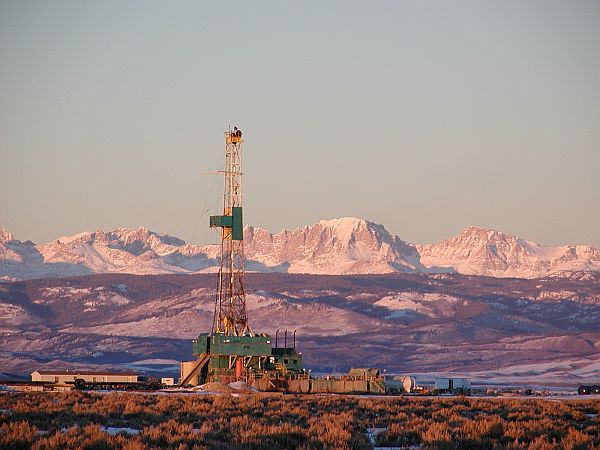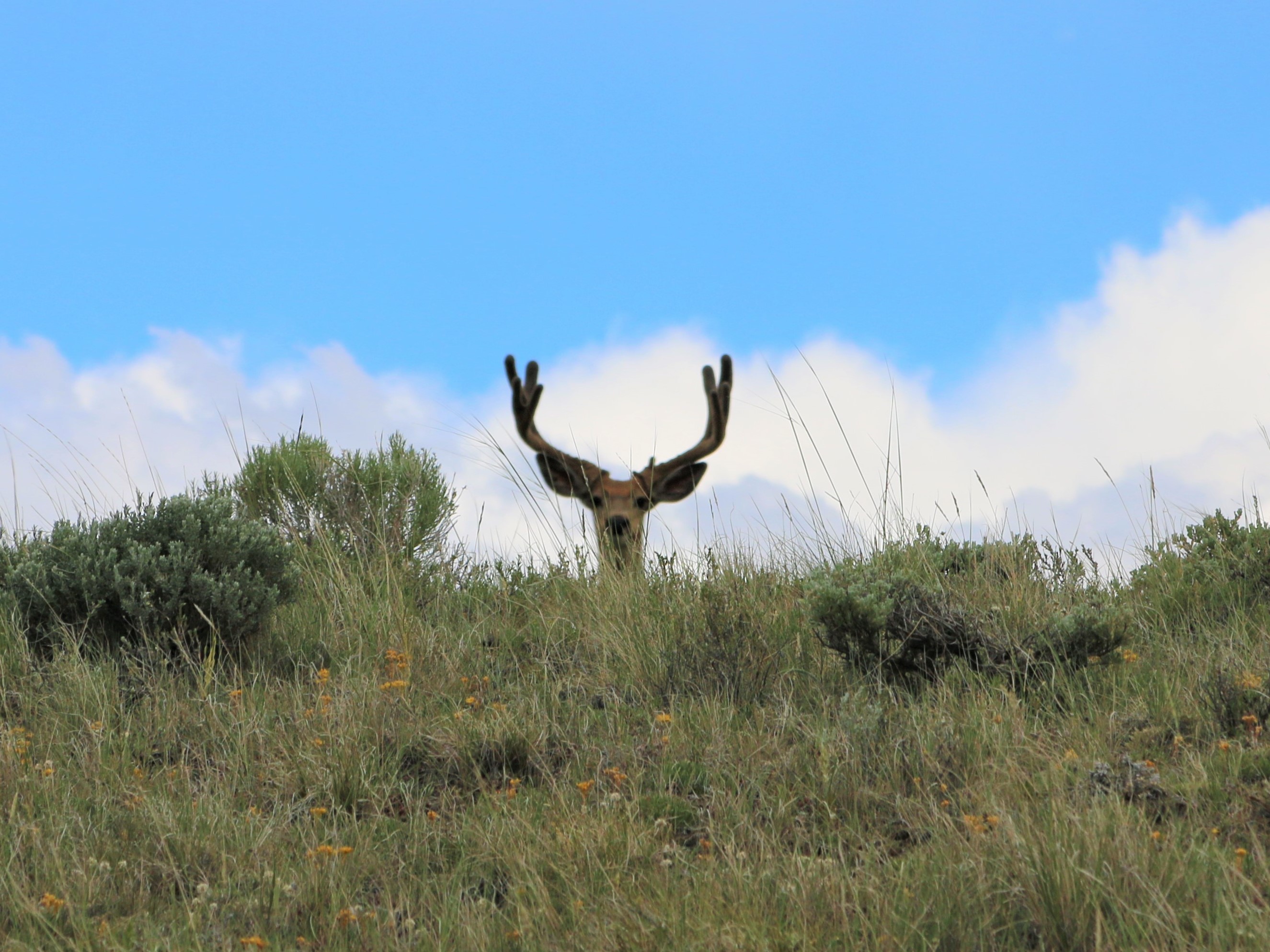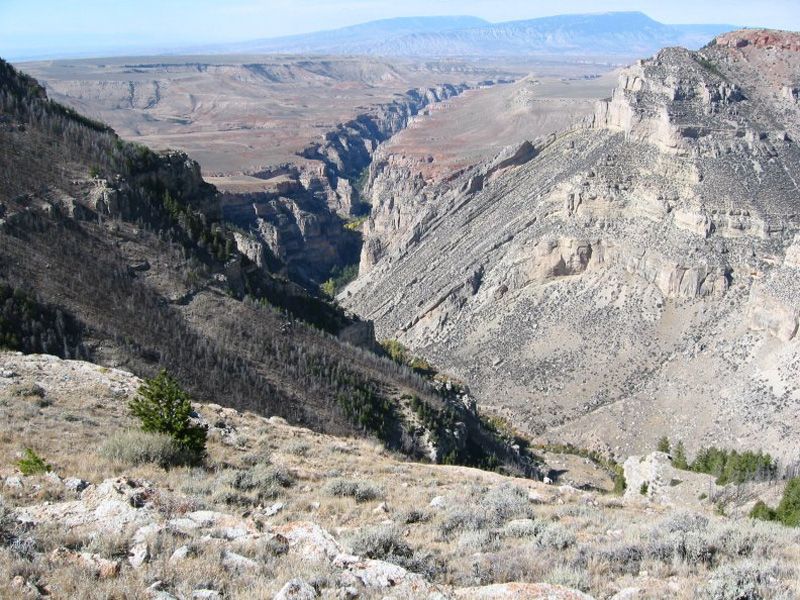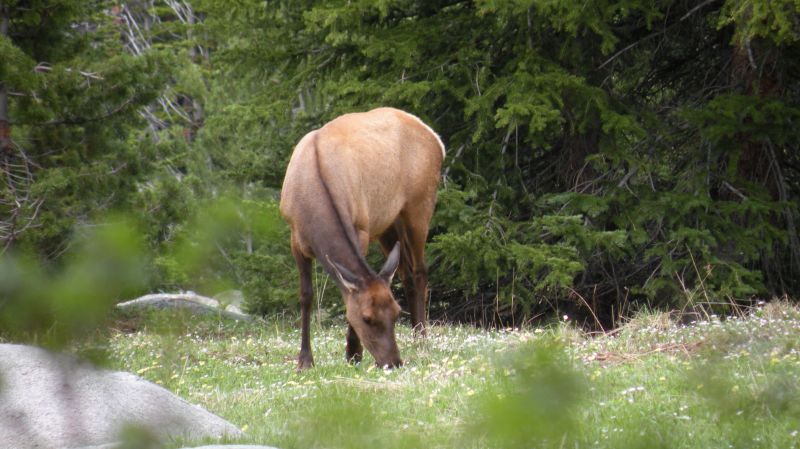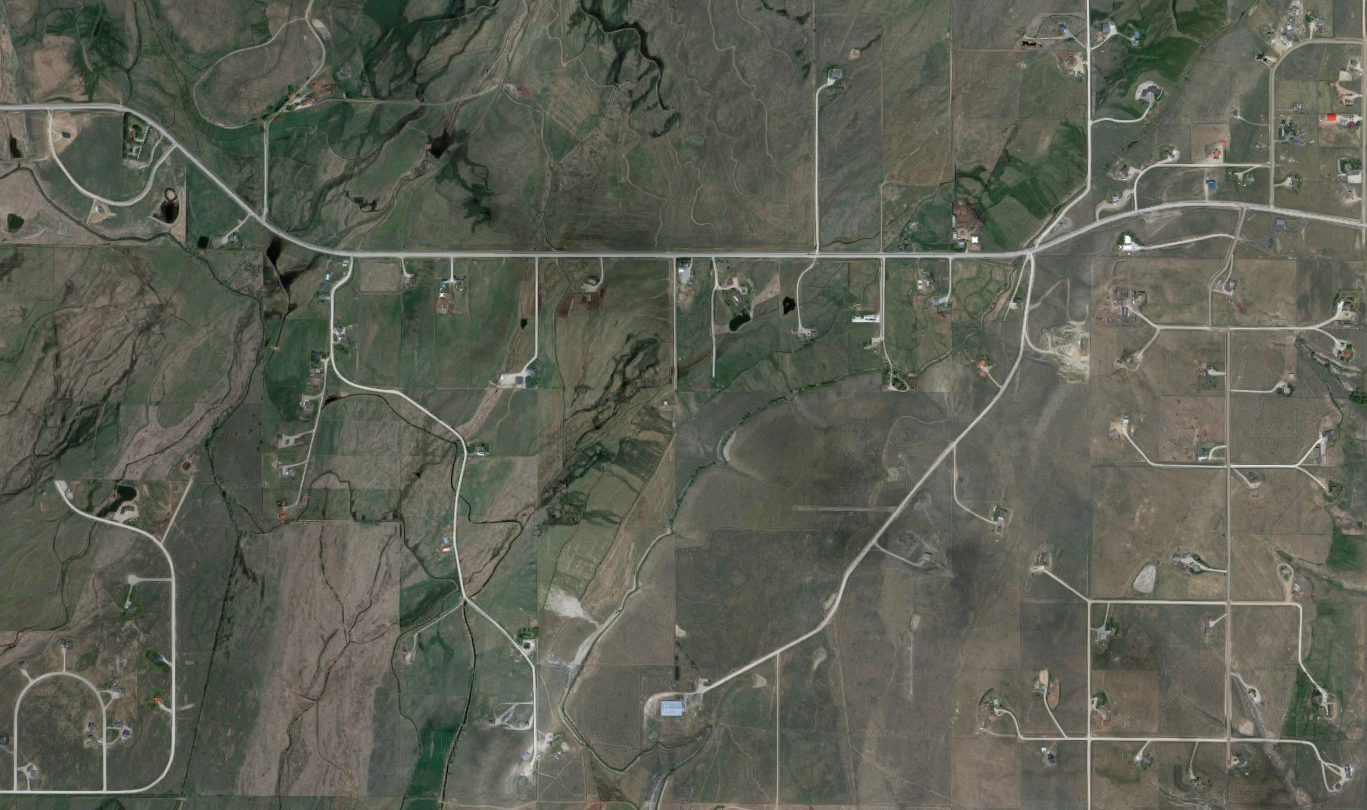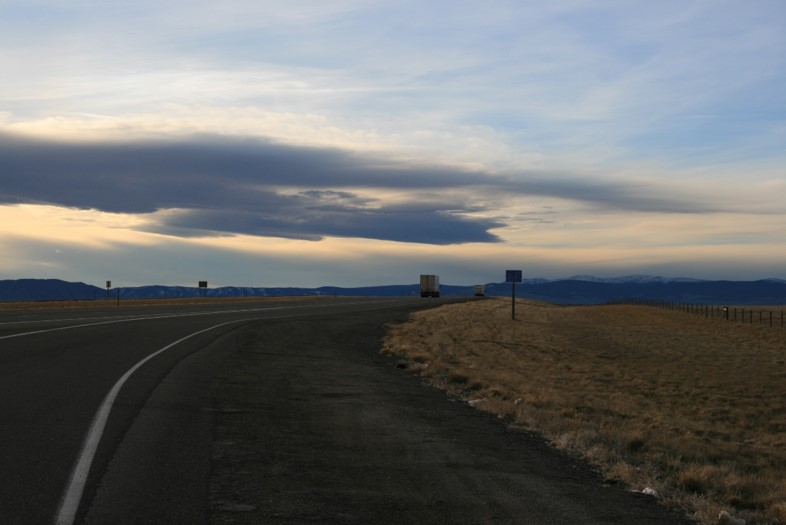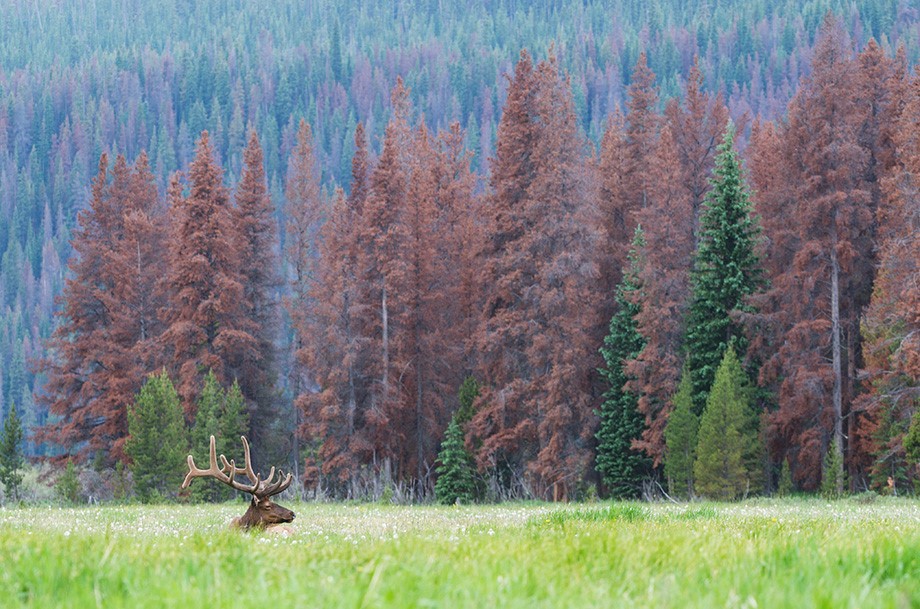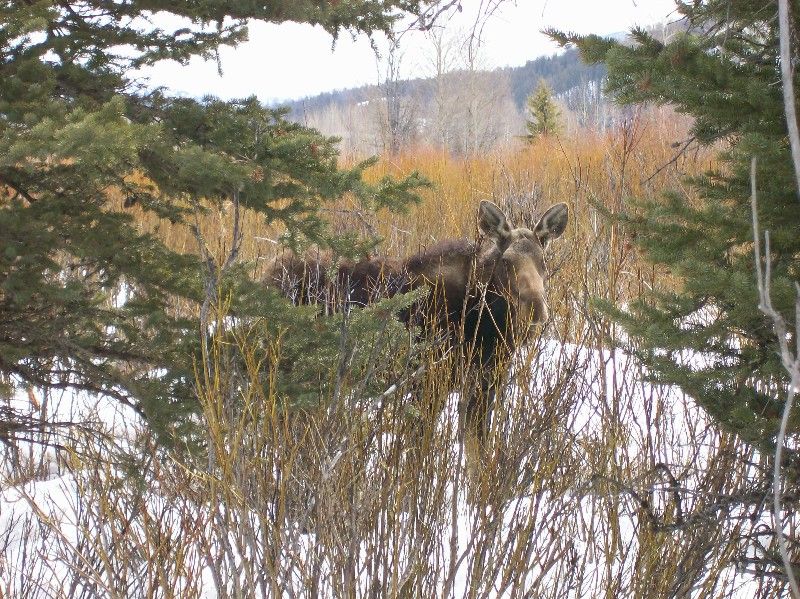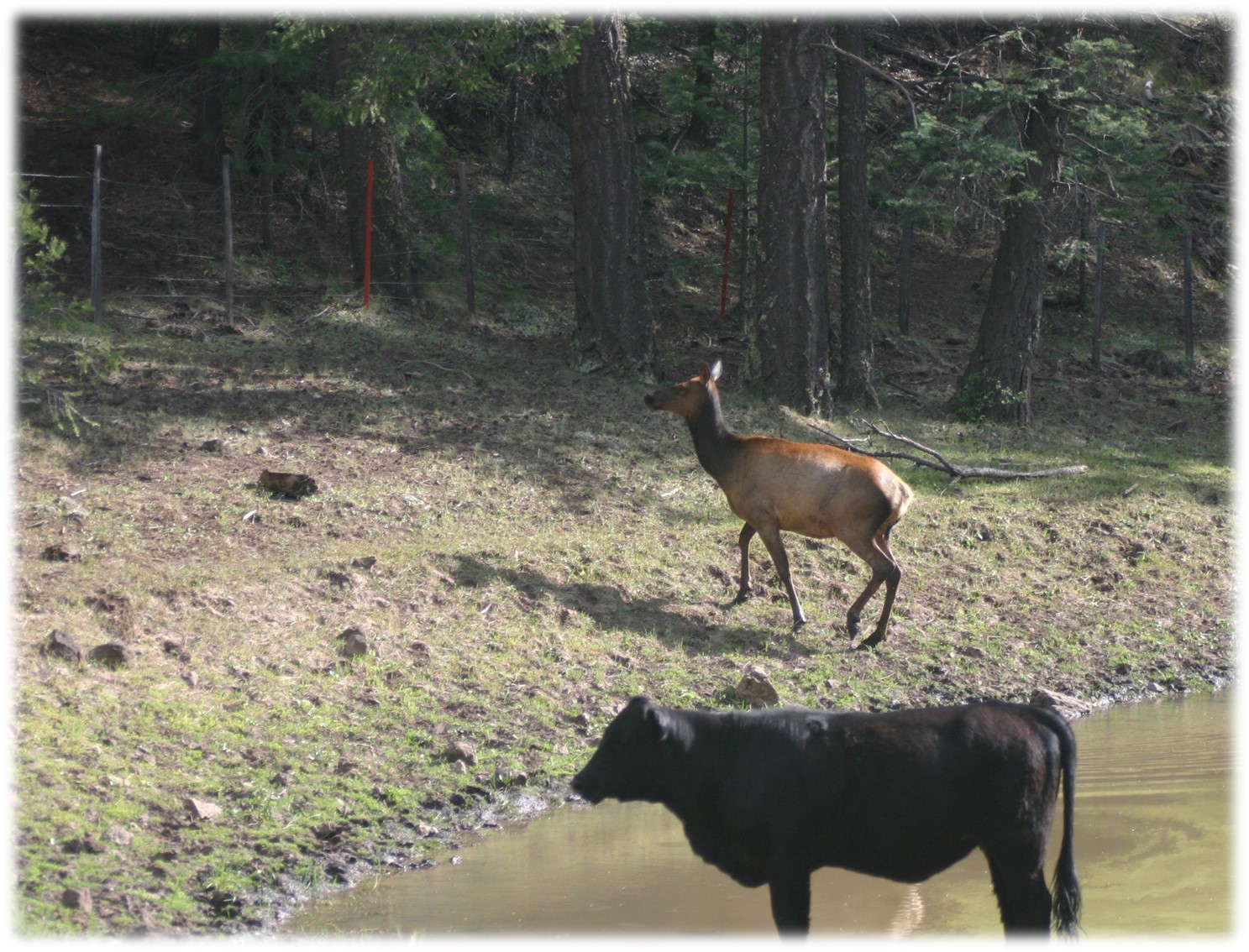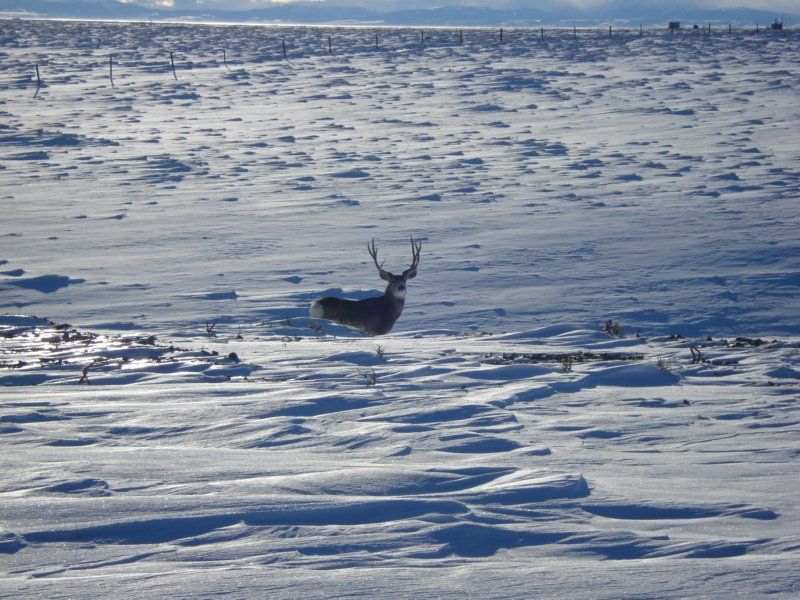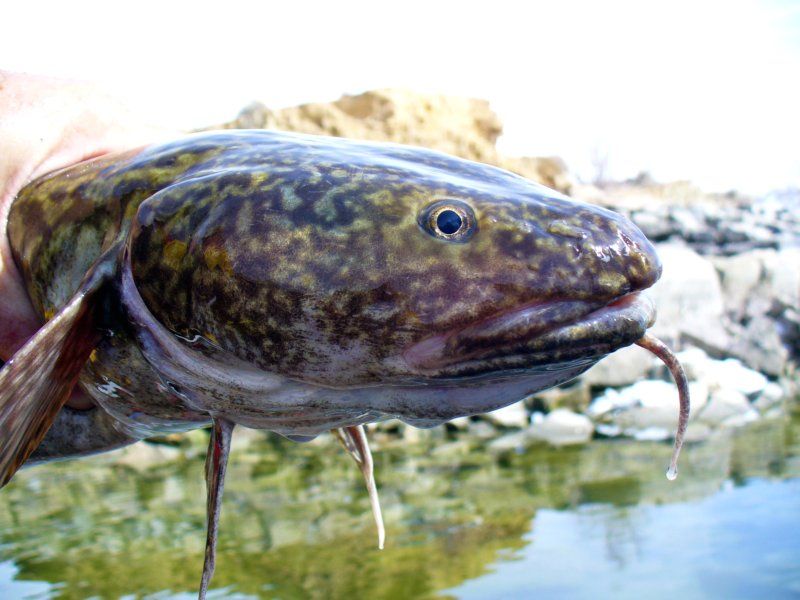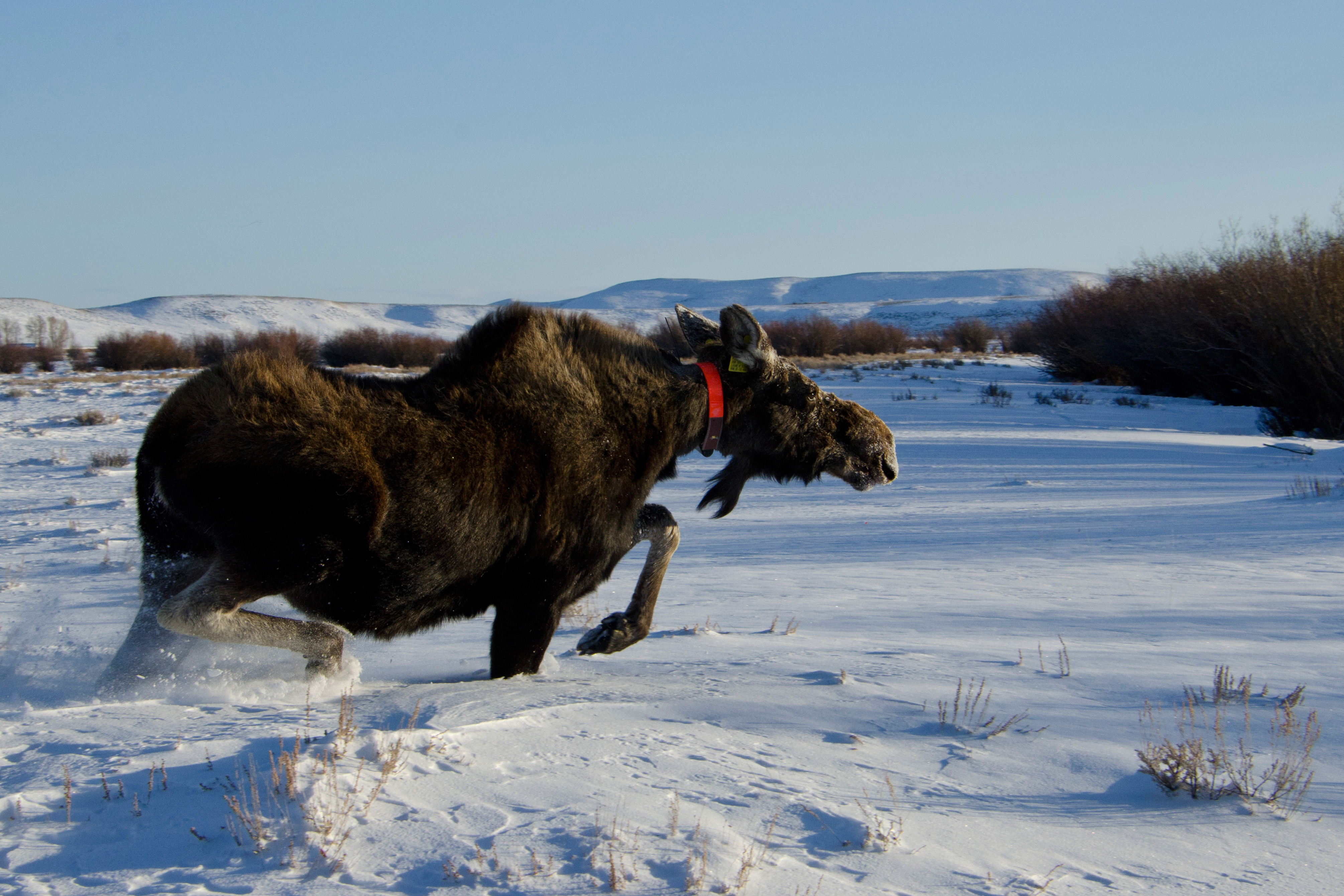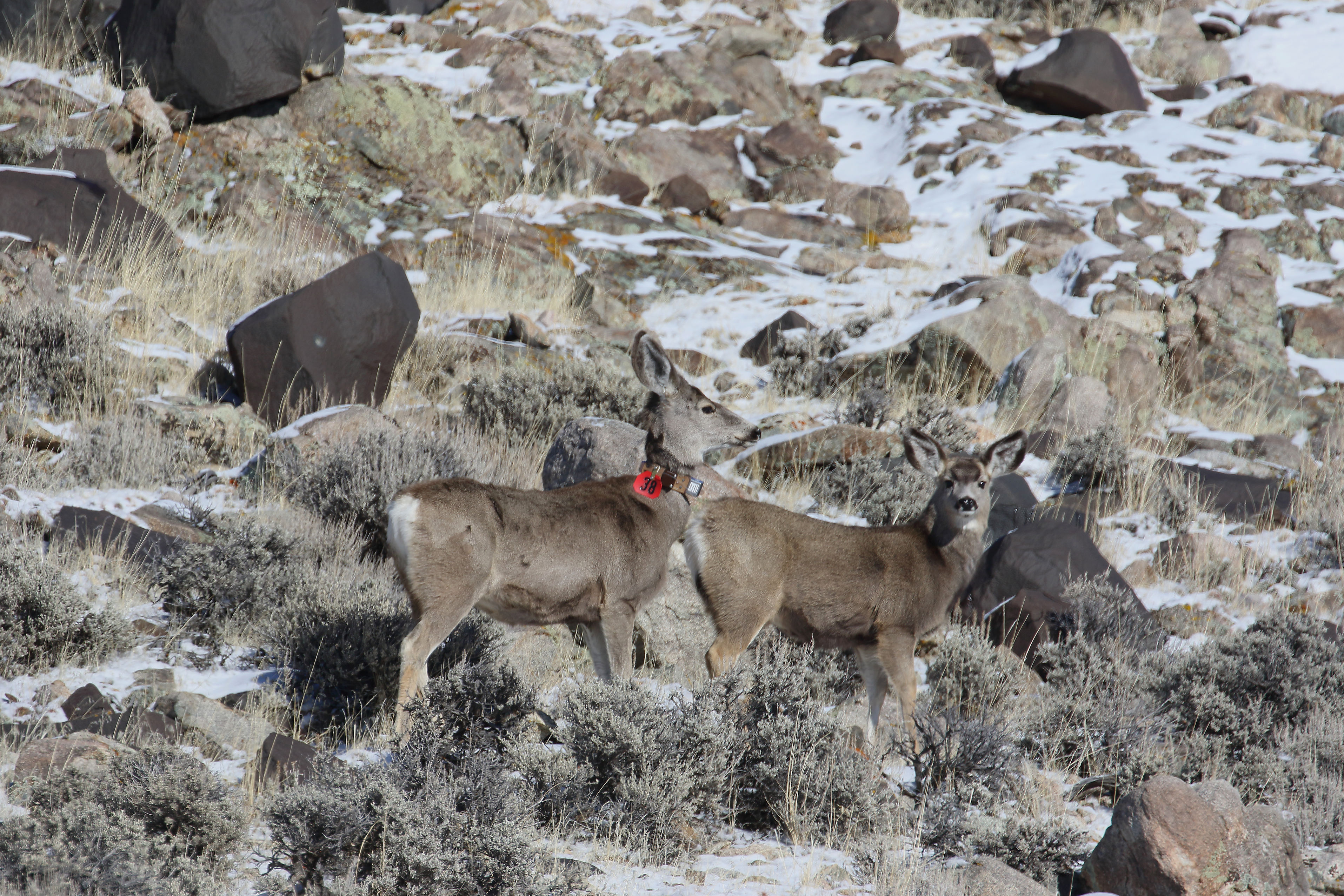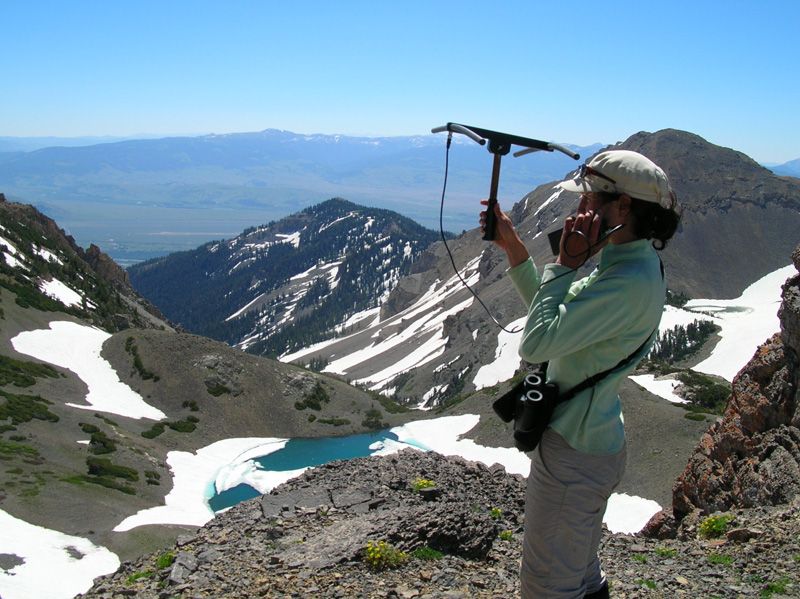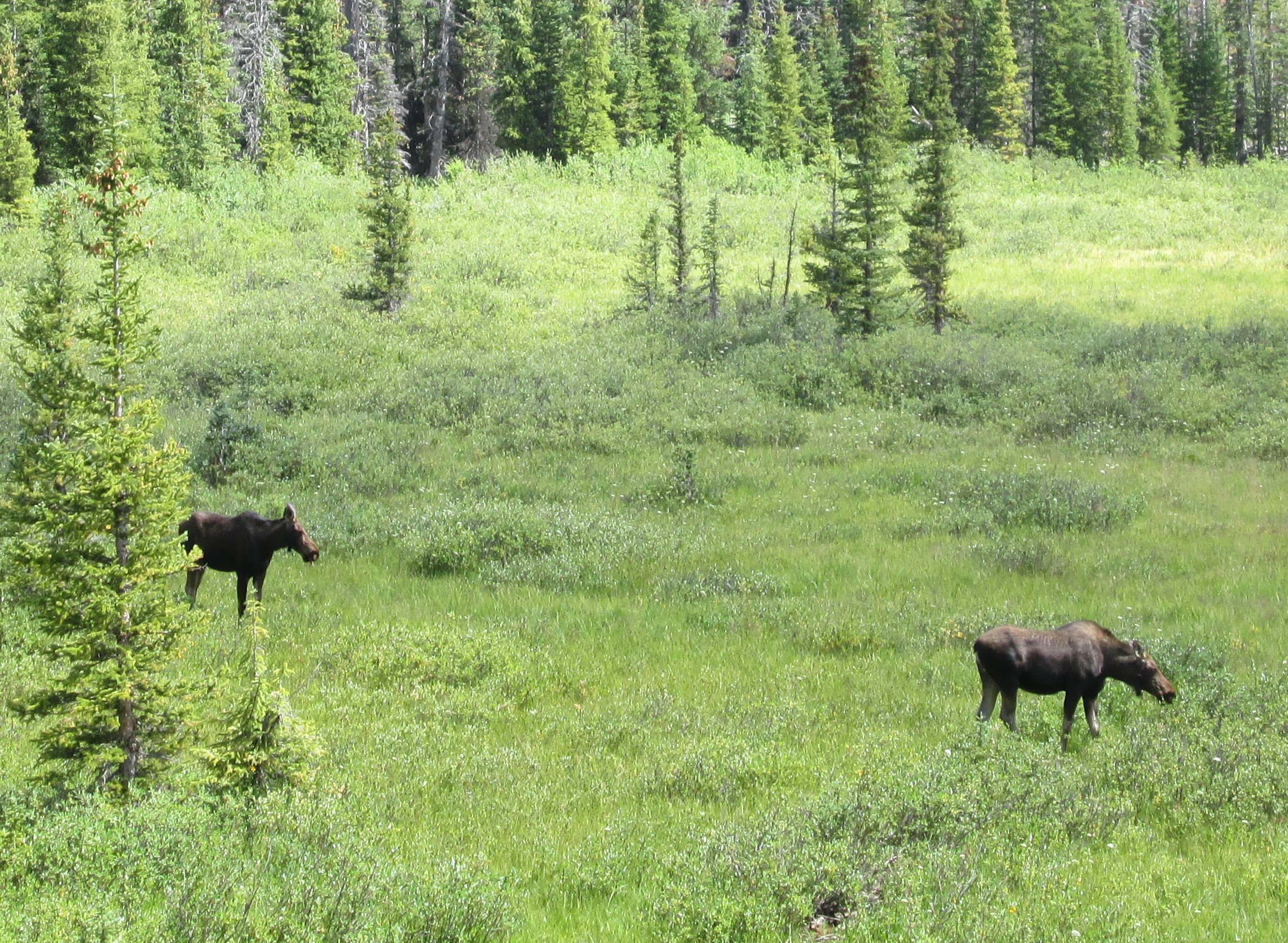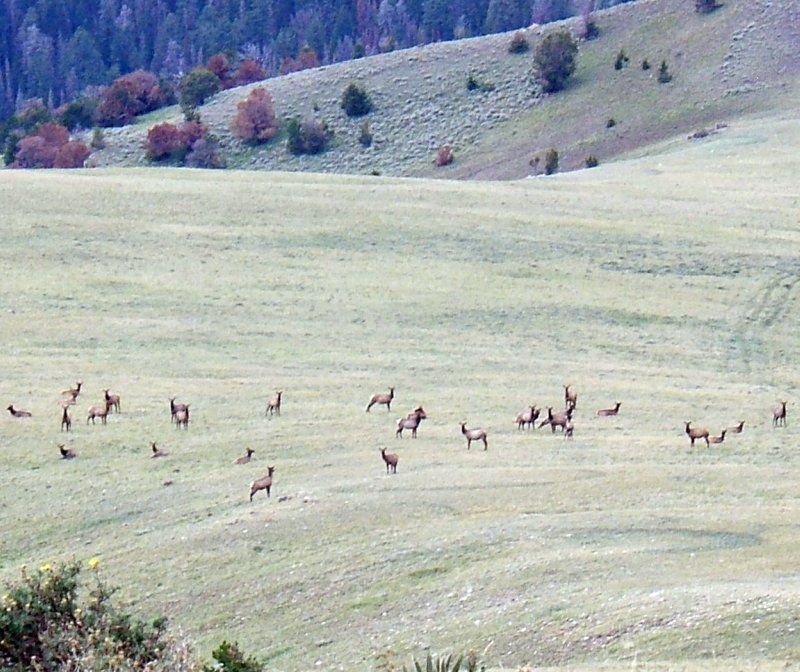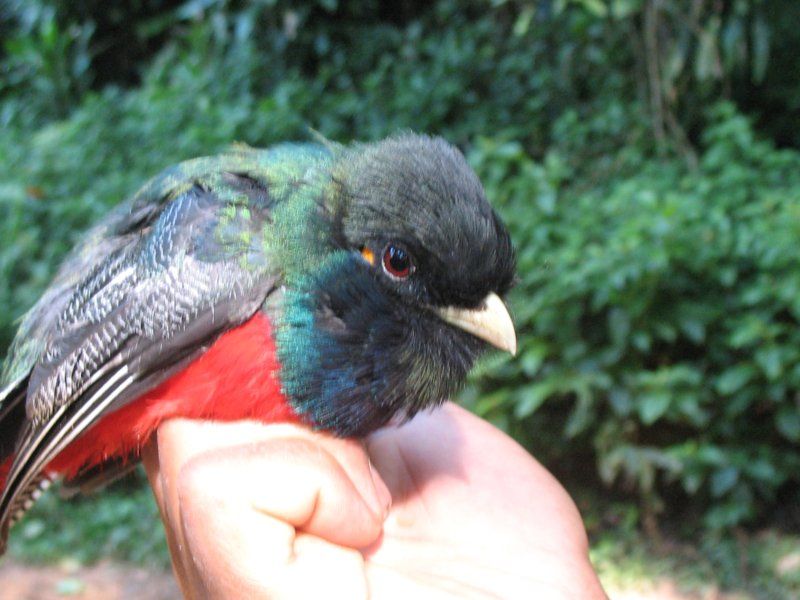Projects
The Wind River Reservation provides vast and intact winter range for at least 10,000 elk and approximately 5,000 deer on the Owl Creek and Wind River Mountain winter ranges in northwest WY. Large groups of elk (1,000+) have been routinely observed moving onto tribal lands in early winter and moving onto lands managed by the Wyoming Game and Fish Department in the summer and fall. Thus, the Wind River Reservation provides crucial winter range for elk that are hunted on public land during the fall. Elk also provide recreational, cultural and subsistence values to thousands of enrolled Eastern Shoshone and Northern Arapaho members of Wind River Reservation. Despite these benefits, we do not know the location of migration corridors, stopover areas used by elk or mule deer. Understanding the location and use of these areas is critical to conserving and managing these herds for future generations. Further, we have a limited understanding of the demography of this herd (adult survival, pregnancy rates), and how diseases such as Brucellosis could be influencing population growth. Our proposed work seeks to fill these knowledge gaps to better manage these important herd into the future.
There has never been a detailed study of moose in the Bighorns. Consequently, seasonal ranges and migration corridors have not been mapped using current methods. Additionally, moose are not native to the Bighorns. This research will focus on movement data from the Bighorn moose herd, which appears to have habitat associations and migration pattern that are different from moose in western Wyoming. Importantly, the reason for these differences in habitat selection are largely unknown. We will compare the movements, migrations, and habitat use of Bighorn moose to existing movement data from three other moose herds throughout Wyoming, including data from the Jackson herd, Sublette herd and the Snowy Range herd (Figure 1). By comparing Bighorn moose to other well-studied Wyoming herds, we aim to advance our understanding of the movement and behavioral strategies moose use to persist in Wyoming’s variable landscapes.
Although Wyoming has approximately half of the world’s total population of pronghorn, factors influencing local herds have been little studied. We propose to study the effects of wind energy development on the movement of pronghorn that winter in Shirley Basin south to the town of Medicine Bow. The broad objective of this 6-year study is to evaluate whether pronghorn change their seasonal movements or winter habitat use in response to wind energy development. Study results will aid wildlife managers to evaluate likely impacts and explore potential solutions to minimize habitat loss for wintering pronghorn.
Numerous taxa, migrate between seasonal ranges to meet nutritional requirements and avoid severe conditions (Si et al. 2015, Armstrong et al. 2016, Acker et al. 2021). Traditional ecological research tends to focus on one seasonal range within an animal’s annual life cycle and rarely incorporates the influence of prior seasons (Marra et al. 2015). Consequently, scientists may misclassify mechanisms underlying demographic variation at the individual or population level (Ådahl et al. 2006, Knight et al. 2021). By excluding year-round data, the vulnerability to climate change of some species may be overlooked resulting in the lack of management action (Gallinat et al. 2015, Culp et al. 2017). To incorporate seasonal interactions and advance the ecology of migratory species, Marra et al. (2015) have called for studies that focus on the full annual cycle. (Culp et al. 2017)
Although migration may be the most optimal strategy in numerous ungulate systems, many migratory herds contain individuals that do not migrate or migrate relatively short distances – a phenomena known as partial migration. If long-distance migration, however, is commonly viewed as the most profitable strategy promoting herd fitness and population performance, what allows residents – or other strategies – to persist over the long-term?
Completed Projects
We are working to understand the changing demography and distribution of the Clarks Fork elk herd, which ranges widely in the Absaroka Mountains between Cody, WY and the headwaters of the Lamar River inside Yellowstone National Park (YNP).
The Absaroka Wolf-Cattle project was created to evaluate wolf habitat selection and predation in a multiple-use landscape in the Absaroka Mountains of Wyoming, an area characterized by high levels of wolf-cattle conflict and a changing distribution of migratory and nonmigratory elk.
With over 200 Species of Greatest Conservation Need (SGCN) identified by Wyoming’s State Wildlife Action Plan, and energy infrastructure likely to double in the next twenty years, there are insufficient time and resources to conduct species-specific, detailed studies.
What are the migration patterns of buck mule deer in Wyoming? There has been such an emphasis on mule deer migration research lately that folks probably think researchers and managers know the answer to this question. They don’t. That is because all of our mule deer research efforts over the last decade and a half have been focused on does. We have learned a lot about the timing, distance, stopover use, and migration routes of mule deer does. This study seeks to understand whether timing, distance-traveled, fidelity to routes, and ability to track high quality forage differ between bucks and does.
Over the past 120 years, many bighorn sheep (Ovis canadensis) herds throughout Wyoming and the Rocky Mountain west have declined or been extirpated due to disease, habitat loss and fragmentation, and competition with domestic sheep. Since 1934, Wyoming has conducted a number of bighorn sheep reintroduction efforts into historically occupied ranges, which are commonly xeric, canyon habitats. Most Wyoming transplants utilize bighorn sheep from a source herd on Whiskey Mountain, near Dubois, Wyoming. Bighorn sheep from this herd are migratory and adapted to summering in high-elevation alpine habitat.
For many animal taxa, nutritional condition (i.e., fat levels) is a balance of food intake that increases condition versus energy outputs (i.e., cost of reproduction) that diminish condition. While nutritional condition gradients are common in nature, relatively little is known about how nutritional condition influences behavior. Current management practices in Wyoming offer a rare opportunity to evaluate the influence of nutritional condition on the behavioral strategies of a large, free-ranging population of elk (Cervus elaphus). The Wyoming Game and Fish Department (WGFD) operates 22 winter feedgrounds for population and disease management.
We are evaluating the influence of development type and intensity on migratory behavior of several western Wyoming mule deer (Odocoileus hemionus) populations using GPS collar data. These migration routes span a gradient of development, from intact habitat to housing infrastructure to landscapes developed for petroleum extraction.
Interstate-80 is a barrier to ungulate movement across Southern Wyoming. Pronghorn (antilocapra Americana) are particularly affected by the Interstate, as it impedes their ability to roam in winter range. Meanwhile, our understanding of the environmental influences of migrations is continuing to develop into a more complete picture which can help inform restoration and mitigation efforts for wildlife. As wildlife overpasses are becoming an increasingly popular tool to improve habitat connectivity, our research is interested in trying to inform where would be the optimal locations to restore movement across the Interstate. This project will assess where pronghorn are most frequently moving along the Interstate to identify locations where pronghorn appear most affected by the barrier effect.
We are evaluating how the bark beetle epidemic occurring in Wyoming’s forests may influence elk and hunter movements and interactions. Landscape-level changes to the forest as a result of the bark beetle may result in changes in where elk forage, in turn, potentially changing the ability of hunter to access and harvest elk. Understanding how the bark beetle epidemic is affecting elk and hunters will help wildlife and land managers manage Wyoming’s changing forests.
We are working to understand the influnece of seasonal limitations and limiting factors on ungulate populations. Landscapes are being altered at increasing rates from both anthropogenic and natural causes.
Brucellosis is a bacterial disease resulting in abortions for some ungulates. It remains endemic to elk and bison in the Greater Yellowstone Ecosystem and can be transmitted to cattle via comingling between March and May when most abortions occur. We are using GPS collar data from adult female elk captured on winter feedgrounds in Wyoming to a) develop a movement model for elk, b) simulate elk distribution under varying annual weather patterns, and c) map areas of high risk for interspecific brucellosis transmission.
Increased levels of energy development across the Intermountain West have created a variety of wildlife management and conservation concerns. Because many of the energy resources in the region occur in shrub-dominated basins, management concerns have focused on native shrub communities and associated species, including mule deer. Two of the more pressing concerns are how mule deer respond when critical habitats (e.g., winter range) are impacted by development and how their migration routes can be identified and prioritized for conservation.
Reconstructing the life histories of fish has been a challenging problem for fisheries biologists. Unlike terrestrial organisms, the aquatic environments fish inhabit make direct observations difficult. Traditionally, fisheries biologists have tracked fish using unique fin clips, tagging, telemetry, and use of food dyes that mark bony parts of fish that can be viewed using UV lighting.
Populations of Shiras moose (Alces alces shirasi) in Wyoming and most western states have experienced declines in population size, and recruitment of young in recent decades. Wildlife managers have expressed increasing concern for moose populations and harvest quotas have been reduced accordingly throughout much of their range.
The objectives of the Sublette Moose Project are 3-fold: First, we are providing a baseline synthesis of Sublette moose seasonal-habitat use, nutrition and demography for that herd, which is the largest in Wyoming. Second, we are assessing the relative influence of predator density (wolves and grizzly bears), habitat condition and weather on the demography of the Jackson and Sublette moose herds. Third, we are testing the influence of wolf presence on movement rates and habitat use of moose in the Jackson region.
Mule deer in the Sweetwater mule deer herd move seasonally from high elevations in Green and Crooks Mountains to wintering habitats at low elevations along the Sweetwater River, but relatively little is understood about the timing of migration and the critical migration routes used by these mule deer. It is important to identify migration routes to ensure mule deer are protected and routes remain permeable to mule deer movement. The broad objective of this study is to understand movements, migrations, and seasonal ranges of the Sweetwater mule deer herd.
Loss of migration and access to traditional seasonal ranges are threats facing many ungulate populations in Wyoming and worldwide. This study evaluates the seasonal habitat selection strategies of a formerly migratory bighorn sheep population and the impact of winter backcountry recreation on habitat use.
Wildlife managers have struggled for decades to maintain populations at or near local carrying capacities because they often lack the tools necessary for identifying when and where resources, such as food, are limiting. Accordingly, the goal of this study is to identify the habitat, climatic, behavioral and nutritional characteristics that reflect a population experiencing resource limitation. By using a variety of field and lab methods to identify resource limitations, we will develop a tool-set that managers can use to measure resource limitation and make science-based management decisions.
The Wyoming Game and Fish Department’s survey, data collection, and modeling protocols have evolved over the years but may not be optimized to allow efficient management of mule deer and other ungulates under current fiscal, logistical, or environmental constraints. There is a need to ensure monitoring and modeling practices generate the most accurate and cost-effective population estimates possible.
Island biogeography theory resulted in now-classic predictions about how habitat fragmentation influences species richness. In particular, small and isolated remnants should have fewer species than larger and less isolated remnants as a result of higher extinction rates and lower colonization rates.
Traditional herd composition surveys are completed using helicopters or fixed wing aircraft, proving to be both costly and dangerous. Remote photography could provide an alternative method for collecting composition data that is more cost efficient and safer. Trail cameras are providing data pertaining to both herd composition and herd migration timing; information useful to regional biologists who manage these populations through sustainable harvest practices. We are investigating the efficacy of this new methodology and it’s potential for long term monitoring of migratory elk herds in the Greater Yellowstone Ecosystem.



